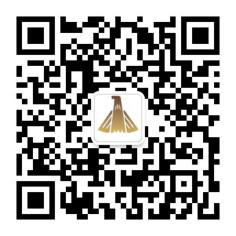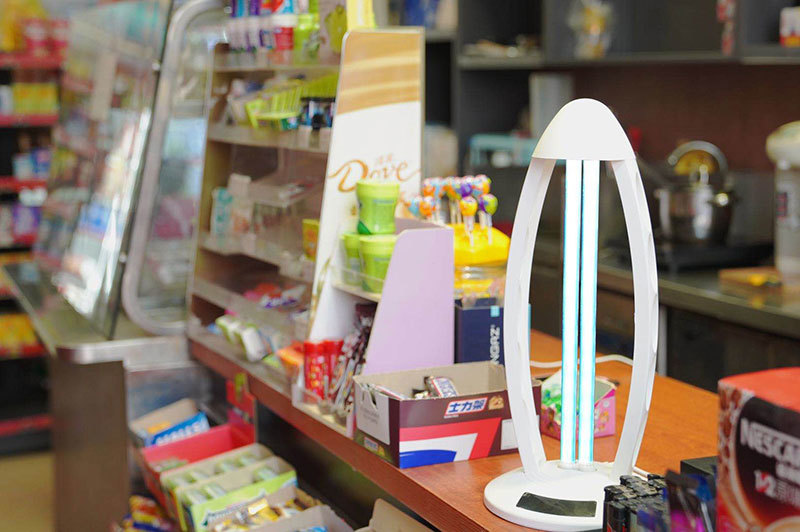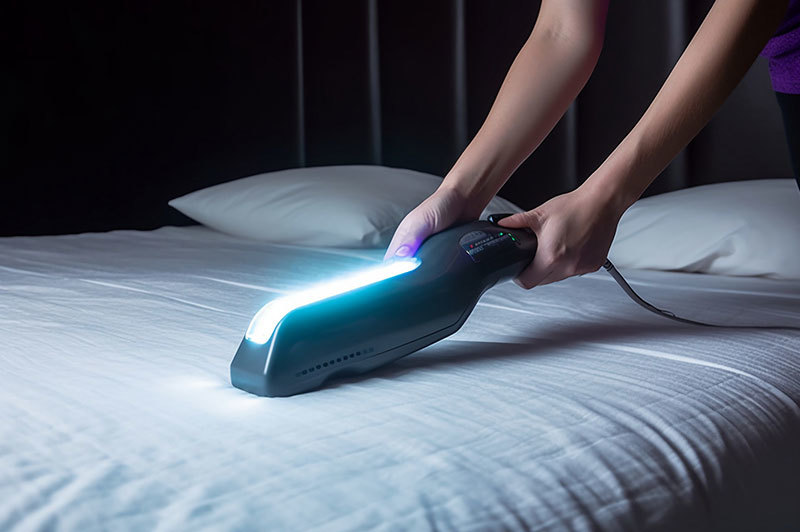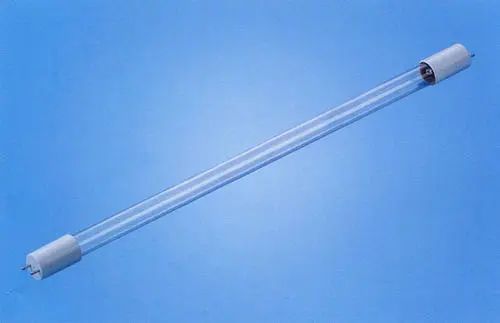Ultraviolet lamp disinfection, you use right?
2020-03-25
how to use ultraviolet light disinfection?
In the face of the new coronavirus pneumonia epidemic, people across the country are actively carrying out prevention and control work. Ultraviolet disinfection has become a popular disinfection method, so how to make good use of ultraviolet rays? Let's take a look at its characteristics and how to use it ~
Ultraviolet rays can kill common pathogenic microorganisms, including bacterial propagules, viruses, fungi, etc. Ultraviolet radiation wavelength of 253.7nm has the strongest sterilization ability, and hospitals usually use such ultraviolet lamps for disinfection and sterilization of air and object surfaces.
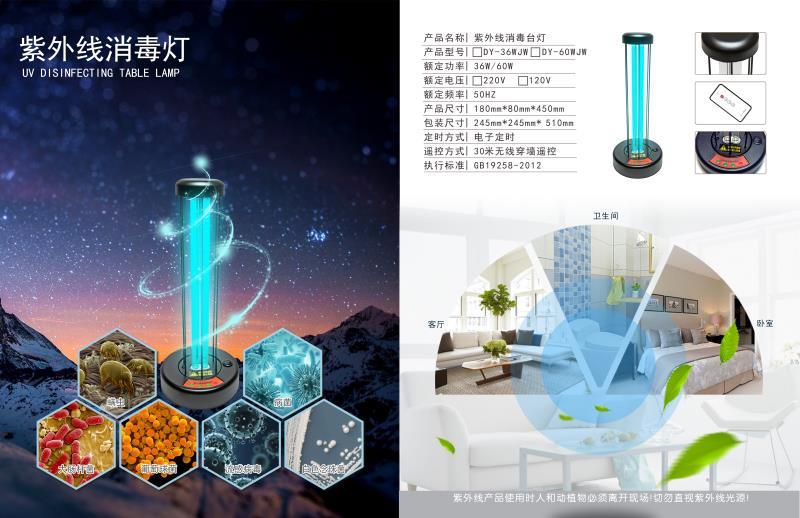
1Air disinfection
1. Do a good job of environmental cleaning and sanitation before irradiation and disinfection to avoid personnel moving.
2. The number of ultraviolet lamps installed is ≥ 1.5 W/m, that is, at least one 30W ultraviolet disinfection lamp is required for every 20 square meters of space.
3. Irradiation time ≥ 30 minutes. Close doors, windows and fluorescent lamps during irradiation. Operators should take personal protection. Avoid looking directly at the ultraviolet lamp. Leave immediately after opening to avoid personnel entering.
4. After the end of irradiation and disinfection, ventilation for about half an hour, personnel re-enter.
Object surface disinfection
Methods:
1. It is best to use mobile ultraviolet disinfection lamp close irradiation, can also take the ultraviolet lamp suspended irradiation. For small items can be placed in the ultraviolet disinfection box irradiation.
2. When using ultraviolet rays to disinfect rough surfaces such as paper and fabrics, the irradiation time should be appropriately extended, and both sides should be irradiated.
Precautions
Do not direct ultraviolet rays to the eyes and skin to avoid harm.
When using ultraviolet lamps to disinfect indoor air, the room should be kept clean and dry to reduce dust and water mist. When the temperature is lower than 20 ℃ or higher than 40 ℃, and the relative humidity is greater than 60%, the irradiation time should be appropriately extended.
Ultraviolet penetration is weak, can only kill directly irradiated microorganisms, so the surface disinfection must make the disinfection site fully exposed to ultraviolet light.
Keep the surface of the ultraviolet lamp clean, usually wipe it with an alcohol cotton ball once a week. When dust or oil stains are found on the surface of the lamp tube, it should be wiped at any time.
When loading and unloading the lamp, avoid direct contact with the surface of the lamp by hand to prevent the quartz from being contaminated and affecting its ability to transmit ultraviolet rays.
uv lamp strength detection and replacement:
Test the UV intensity once a quarter, and replace it immediately when the UV intensity is reduced to <70 μw/cm2.
Recently, there are rumors that: "ultraviolet disinfection lamp can be used for skin disinfection"?
This is a rumor!!!
Ultraviolet disinfection lamp damage to the human body is mainly manifested in two aspects:
1. Damage to the skin: exposed skin will appear redness, itching, desquamation, pain, rash and other allergic symptoms. Even skin aging, skin tumors, etc.
2. Damage to eyes: electro-optic ophthalmia, conjunctival inflammation, cataract, etc.
Special reminder:
Ultraviolet lamp is divided into medical and household, household ultraviolet lamp should be strictly in accordance with the instructions for disinfection. If ultraviolet disinfection is being carried out at home, be sure to ensure that the room is empty, so as not to cause harm to people, and pay attention to ventilation after disinfection. During the outbreak, if there are no high-risk groups or suspected and confirmed cases in or around the home, home disinfection is not recommended to use ultraviolet air disinfection, to ensure proper ventilation every day.
UV, Disinfection, Irradiation, Surface, Skin, Injury, Personnel, Lamp, Avoid
RELATED INFORMATION

